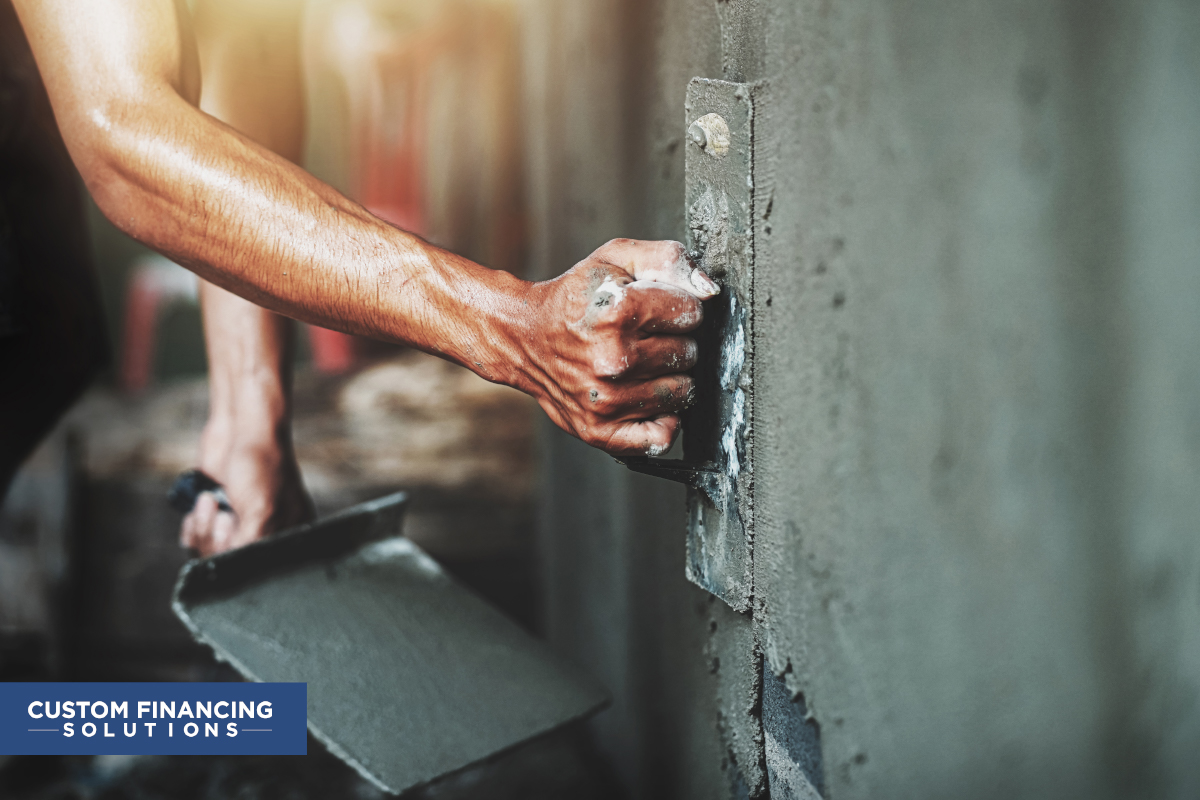One of the problems that can occur to buildings over time or due to negligence is spalling of concrete. Spalling can happen to large buildings, small houses, or even bridges & other such structures. It leaves the surface patchy and exposed, increasing the chances of more damages further down the lane if not looked after immediately.
For instance, if the affected area is too deep, it might even damage the structure of the building, making it prone to more wear and tear. Additionally, it will also be a sore sight and will most definitely take away the aesthetic appeal of the building.

What Causes Spalling?
Spalling can occur due to many reasons; one of the obvious ones being that the work was done carelessly in the first place. Details like bad finishing or sloppy concrete mix can result in such damages.
The climate of the area is another factor. It is more common in cold areas where ice forms and makes cracks in the concrete. Water seeps into these cracks and freezes in the cold weather, making the cracks bigger.
Now, let us look at some tips to keep in mind while fixing spalled concrete.
Check The Extent Of The Damage
Knowing the amount of damage is very important as that will determine whether partial patch up or full restoration is needed. If the damage is limited to a third of the thickness of the concrete, then a patch-up will suffice; anything severe than that might call for a complete restoration.
Clean The Affected Area
Check and remove the broken pieces of concrete by either using a hammer and chisel or a pressurized water jet. Remove all dirt from the surface and unwanted material nearby so that you can work with the least interference.
Prepare A Perfect Concrete Mixture
Keep in mind that the reason for this problem could have been an improper mixture in the first place. So, the mixture you make for the patchwork should contain an accurate proportion of water and concrete. Make sure that it does not have excess water as that could introduce moisture to the rebar and cause corrosion in future.
Pay Attention To The Rebar
Carefully analyze if the rebar or any other structure has taken any damage. In case the rebar is corroded with exposure to moisture, it will need a full restoration.
The Finish
Once you’ve completed the repairing work, scrape off any extra concrete and add your finishing touch. Use a water sealant on the finished surface to prevent re-entry of water and to minimize future problems. Unfortunately, the improvement industry is the second industry with the highest consumer complaints. So, finish the work in such a way that your clients are happy.
These problems can occur over time too as the building gets old and wear and tear sets into place. But knowing these tips will help target the specific problem faster than ever. Stay tuned for more tips and information for your home improvement business. You can also partner with us to provide better services and improve your business. Here at CustomFin, we help you to provide financing solutions to your clients so you can stay ahead of the competition.








[…] As the name suggests, these walls are great for insulation and keeping out the heat. Concrete is poured in between two highly insulated layers to form one of the strongest and most durable walls. Usage of the concrete outside could result in spalling, here are tips on how to fix them. […]
[…] so that it does not affect the strength of the building. Spalled concrete can be fixed with these easy […]